Kaleigh Rusgrove was born in Connecticut and spent her formative years photographing her younger sister against a leaf-patterned bed sheet with a Kodak disposable camera. Moving on to a point-and-shoot as a teenager, she made a series of portraits of local troublemakers that earned her moderate praise among the other neighborhood kids. Kaleigh eventually settled on the solitude of photographing herself with a DSLR. At some point she decided to keep making pictures forever.
Kaleigh received her MFA from the University of Connecticut. She has exhibited work nationally and internationally, and most recently has been living and making work in Australia under a Fullbright Scholarship.
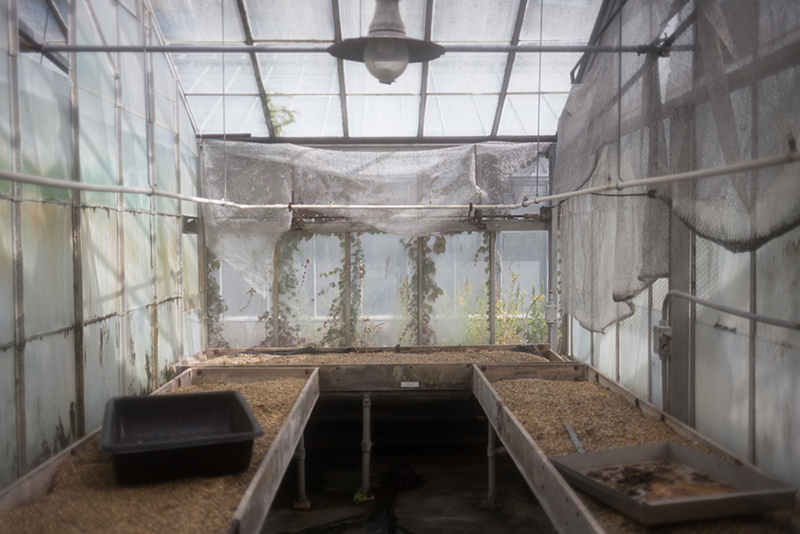
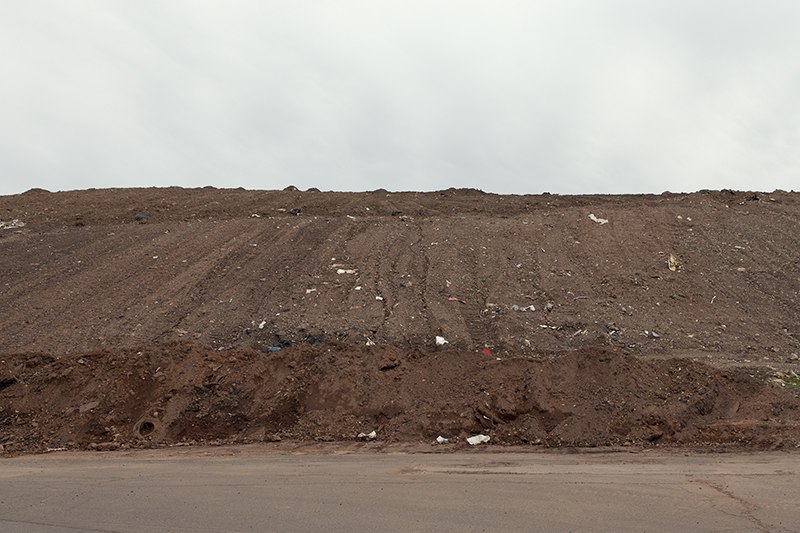
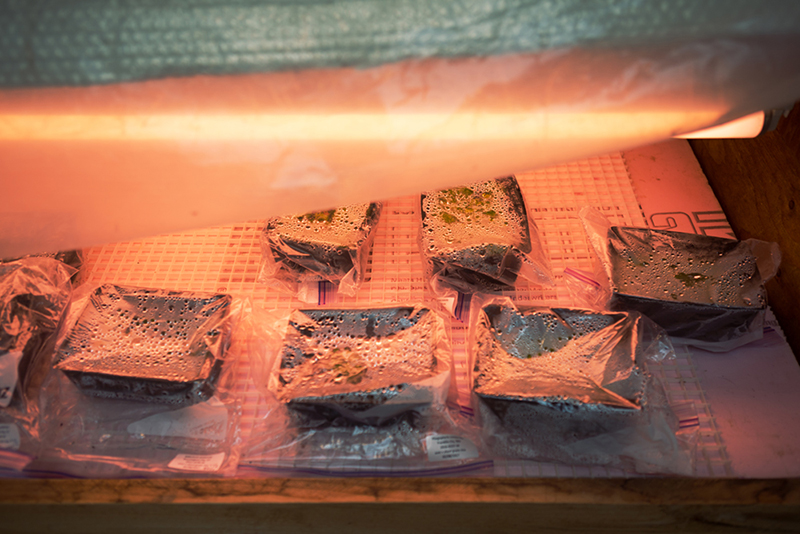
now was too late
Narrative photography exists between fact and fiction. I use my camera to create false moments of importance and to record artifacts of questionable authenticity. I interlace the seen with the contrived. Together these elements build a convincing story; one leaving the viewer unable to find their footing in either reality or fantasy.
This body of work, this story, focuses on current environmental issues. Climate change falls into the same strange in-between where my work exists. The reality of the situation is distressing, the political response both alarming and laughable, and information presented is often contorted. Through research I find inspiration for image-making, combining what I have witnessed with what I have imagined. In my practice, I have come to learn that the most frightening moments are not always born from the wildness of the mind, but exist in real life.
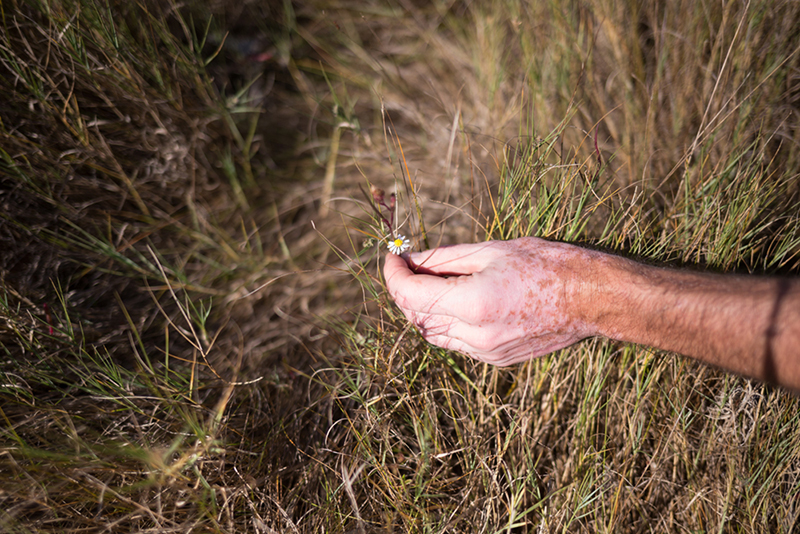
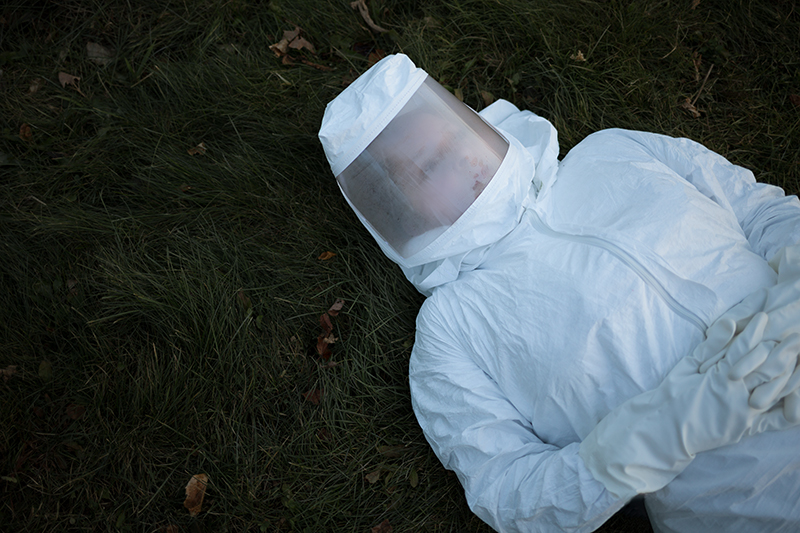
Kyra Schmidt: Can you start with telling us a little about your series “now was too late”. Where did this ideation process begin for you? The imagery seems to meet somewhere between fact, fiction and poetics.
Kaleigh Rusgrove: The series ‘now was too late’ began while I was a student at the University of Connecticut. I was experimenting and trying to find a new impetus for a longer and more focused body of narrative work. I have always been an environmentally conscious person, but something started to change in the summer of 2017. Looking back, I’m not sure if things were actually at a tipping point and becoming much worse, or if I was just most receptive given where I was in my artistic process. Watching environmental documentaries and reading up on current issues left me with even more questions and eventually led me to enroll in an environmental resources course that covered the basics of climate change.
I had already been making work that fell into the funny space between reality and fiction, and everything I was learning seemed to land here naturally as well. Pursuing the world of climate change has given me endless material to work off of. It is exciting to have a story to work from, rather than feeling like I am reaching blindly into the dark﹣although climate change is still quite a frightening story to tell. I spent a lot of time looking at other environmental work; The question I keep asking myself is what does my version of a climate change project look like? How can I use my strengths as an artist and throw my voice into the mix on such a huge issue?
Kyra Schmidt: That’s a great question! I wish I knew the answer. I think we often see there is a margin of truth where both science and art sort-of teeter their own lines between fact and fiction﹣or better between reality and a gray area that is an extension of reality (the funny space maybe?). Do you find this to be a frustrating space to work in? As an image-maker, have you found it difficult to navigate a story as dire as climate change?
Kaleigh Rusgrove: I think it’s fair to say it is both infuriating and liberating. I spent so much time worrying about how to approach these issues in a way that was truthful, or at the very least fair to the facts. But truth is a tricky thing, because at some point it becomes my word/my understanding/my experience against someone else’s.
There is such a rampant problem of misinformation right now and I never want to feed into that. With this form of narrative story-telling, I worry for some to see something I’ve made and think “oh, it’s fake, so surely things won’t be that bad”, or somehow correlate a fictitious world with an idea that these issues are anything but serious.
It’s definitely a tricky line to walk, yet I don’t feel as if I can make something that’s a direct representation of fact, either. Unfortunately, a 1-1 mimesis doesn’t convey the enormity of this issue, nor is it the way I communicate. I have gone through all the different ways of making and have felt the tumultuous emotional rollercoaster of art-making before I found the confidence to run with my work. Only then did it feel less like a challenge and more like fuel for the fire. I can make strange allegorical pictures, or straight forward images, and they can all have a place. There’s no roadmap on how to approach this yet, so I’m just trying to disrupt things in any way I can. In that regard, it’s freeing.
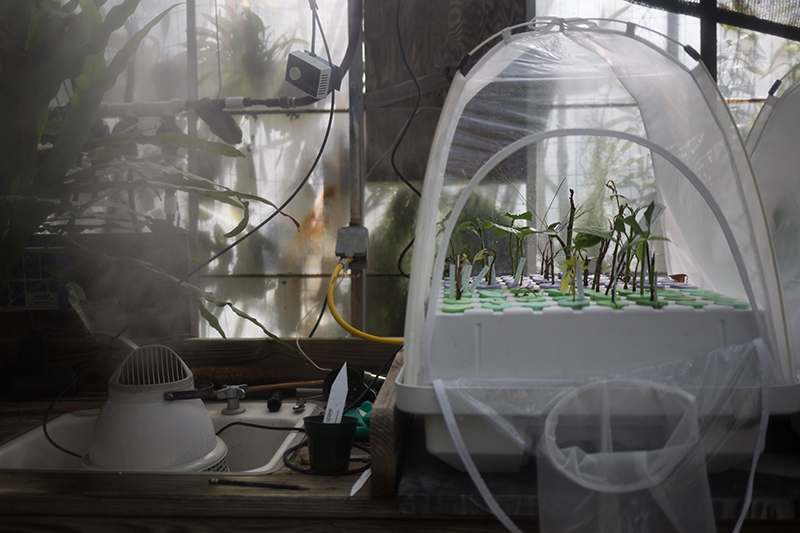


Kyra Schmidt: Well, needless to say; I think your imagery compounds into an important record. The narrative laid out in “now was too late” is powerful for me. It is as if I can feel the urgency and hopelessness of these scientists trying to find salvation for a dystopian planet. But the planet is ours, and climate change is a tangible, imminent issue.
I’ve been reading the “Aesthetic Dimension” by Herbert Marcuse again.. I can’t help but consider his thesis for revolutionary art:
“It seems that art as art expresses a truth, an experience, a necessity which, although not in the domain of radical praxis, are nevertheless essential components of revolution.”
For me, there is a certain truth (a revolutionary quality) in “now was too late”. By employing the aesthetic and story-telling aspects of photography this series has an even more potent aura. What do you hope for the body of work? In what ways do you see contemporary artists can facilitate social or environmental change?
Kaleigh Rusgrove: It’s funny because I wrapped things up with “now was too late” a little over a year ago now, and in many ways, I was moving so quickly through that time in my life that my decisions seemed too hurried to possibly be properly thought out. It was all very instinctual. Afterward, I felt confident I needed to move on ﹣totally change the way I was working and leave all in the past. Yet in hindsight, I think I was doing exactly what I now want to be doing once again. It’s like I took a year-long detour getting back to the same road. I suppose sometimes we need that, to prove to ourselves that we’re on the right path and give ourselves permission to keep going.
I spend a lot of time looking at other artists who make environmental work, social media campaigns, how the climate crisis is covered and received by the public. My critique is always that there are these extreme poles where things are strictly black and white, good or bad. In trying to become more cogent in my approach to image-making I also moved towards a place of simplification without realizing the repercussions. I didn’t want anything lost in the translation of these issues. The climate crisis is incredibly complicated, more so than many of us could ever understand (after all, we’re not all cut out to be scientists). But that is both part of the problem and the solution﹣we need to understand how this complexity is vital to the earth, an earth that we are very much a part of. There are solutions and fixes, but they’re going to be difficult.
I could go on and on about this, but I guess what I’m really getting at is that our human nature and societal structure is the largest roadblock right now. Art has the ability to hit something very deeply human in all of us. “Now was too late” was getting somewhere that I’d like to be again because it was getting to the problem while remaining in the middle of it all. Pointing, but not spoon-feeding information. It was not only about the environment, but how hard it is to be a human in turbulent times.
As artists we have these fantastic platforms with which to reach an audience. Not only in our making, but in our day to day lives. I’ve given a few talks while I’ve been abroad, and each time I think to myself how lucky I am to have opportunities to talk about not only my practice, but these problems I’m trying to address. It’s a part of being an artist I never anticipated and now really highly value. There can be an old school mentality of wanting to be secretive about work and why we make the things we make, but I’d encourage anyone who’s tackling social and environmental issues to use your practice as your soapbox. You don’t need to be making straight propaganda to make a difference in the world.


Kyra Schmidt: I appreciate hearing that from you. As an artist, art-making feels SO overwhelming… often like all or nothing. It is important for us to remember who we are making art for, anyway.
As we speak you are actively completing a Fulbright Fellowship in Australia as an extension of this project. Can you divulge any details?
Kaleigh Rusgrove: I am! I’m currently at the seven month mark of my grant time in Sydney, which is hard to believe. I have been working at the Australian PlantBank within The Australian Botanic Garden in Mount Annan, NSW. They have a state of the art research and storage facility, and for me it was most notably home to a seed bank. I latched onto seeds early on in my work because it was an area I had a small amount of prior knowledge of. At first it helped guide me through such an enormous field of information, and then I started to fall in love with the visuals of labs and scientific spaces. I hoped I would find a magic solution in a seed vault, and I realize this is a huge spoiler alert, but I didn’t. So the work has definitely taken a turn from where I expected it to go, and in many ways it feels like it’s coming back around to very human-centric work once again. I’m also spending much more time thinking about where the images exist after it’s made than I have before, and being away from home gives me a freedom I’m not sure I’d allow myself otherwise. I feel very lucky to have the time and space to experiment and push myself in new directions.
Kyra Schmidt: I am excited to see the outcome of your fellowship! What is up next for you?
Kaleigh Rusgrove: Thank you! So much is up in the air for me right now. I wish I had something fabulous lined up, like another grant. But like most artists I’ll be back to the grind, applying and crossing my fingers that another opportunity pops up soon. Being in Australia has made me acutely aware of just how little of my own country I have seen, so once I’m back I hope to travel around the U.S. more. There are also a few seed/climate-related facilities I’m keen to check out and photograph along the way. I am also making plans for a project about my family. My time away has been a reminder of just how important they are to me, and in many ways, it doesn’t feel that huge of a step away from what I’m working on now.
Kyra Schmidt: Thank you so much Kaleigh, it has truly been a pleasure.
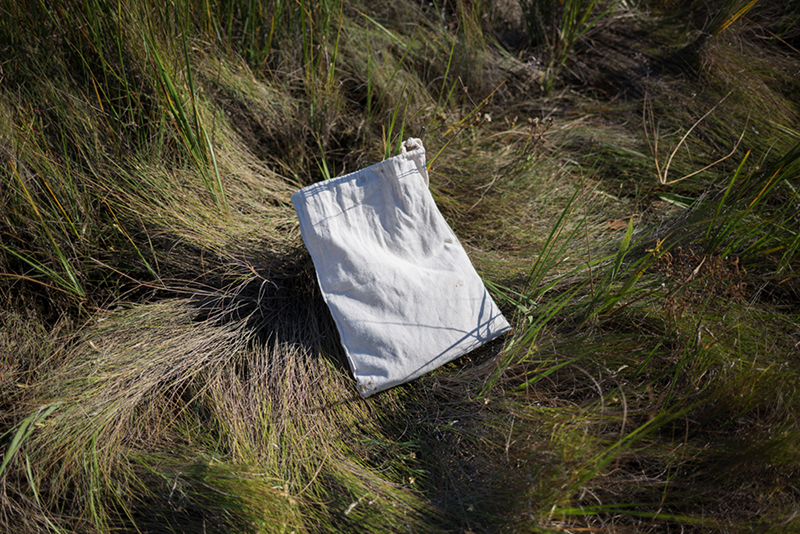
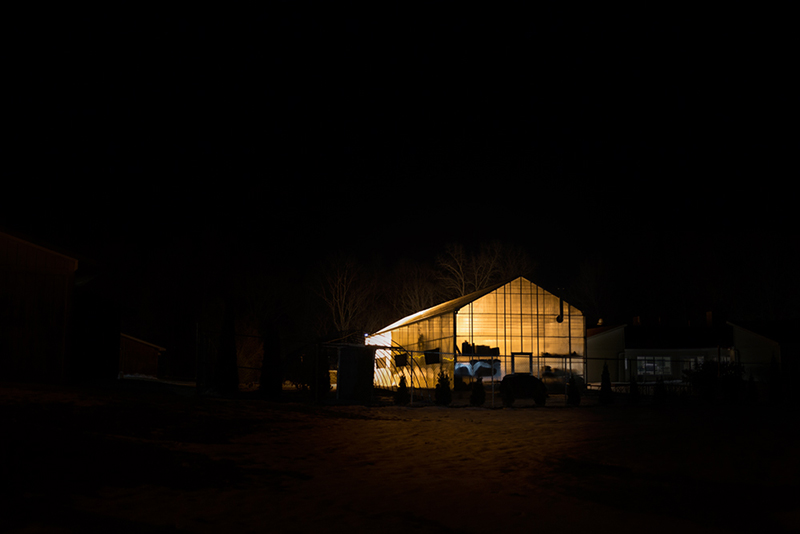


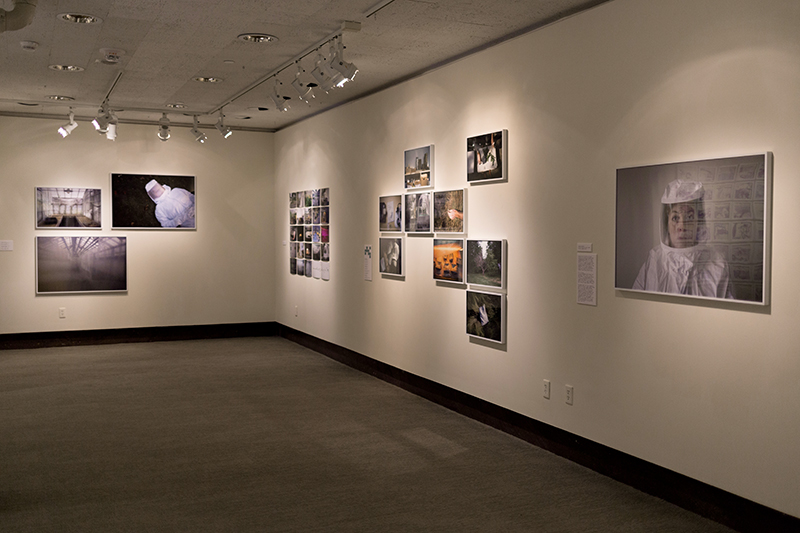
To view more of Kaleigh Rusgrove’s work please visit her website.